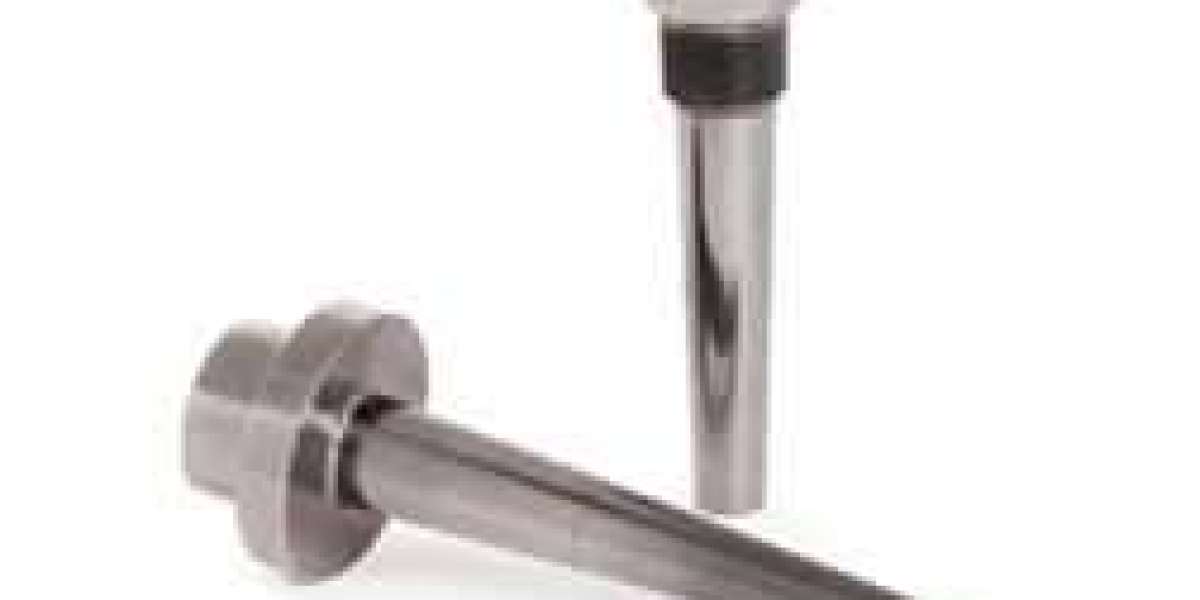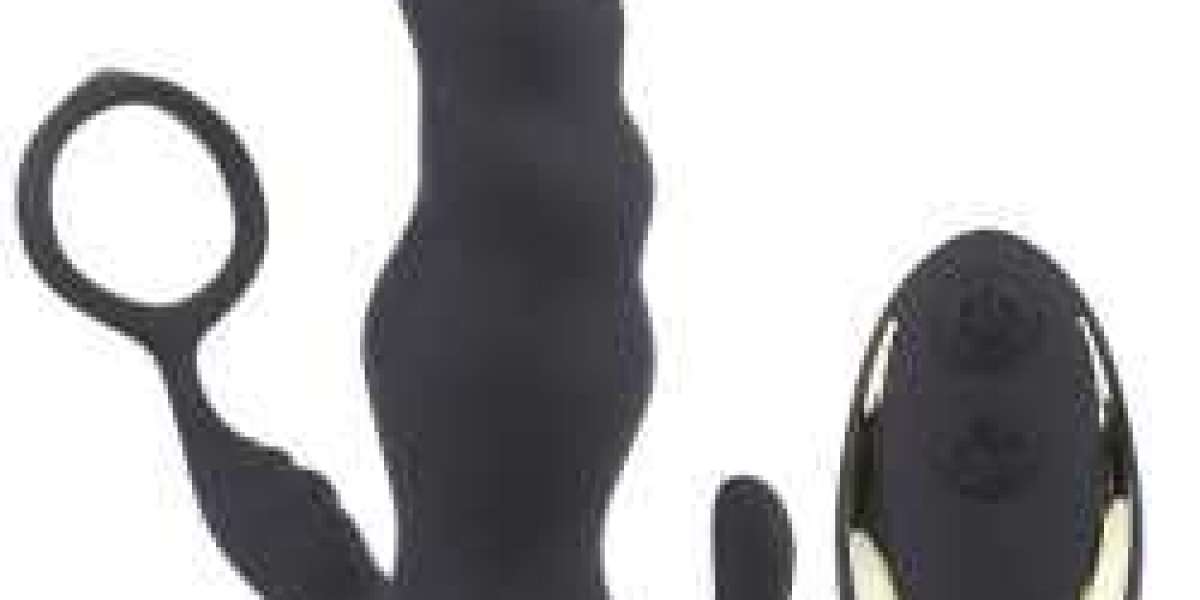In many industries, especially those that deal with acids, chemicals, and solvents, corrosion is a big problem. When metal parts come into contact with harsh fluids inside tanks, they can wear out quickly, leading to leaks, contamination, or even system failure. That’s where a PTFE lined dip pipe becomes a smart and reliable solution.
What Is a PTFE Lined Dip Pipe?
A PTFE lined dip pipe is a special pipe that goes into the tank to transfer or inject fluids. It has a strong metal outer body for support and strength, and an inner lining made of PTFE (Polytetrafluoroethylene), a plastic known for its excellent chemical resistance.
PTFE is the same material often used in non-stick cookware, but in industrial use, it helps protect equipment from harmful chemicals. When used as a lining inside dip pipes, it prevents the chemicals from touching the metal, reducing corrosion and increasing the pipe’s life.
Why Use PTFE Lining?
Here are some simple reasons why PTFE lining is used in dip pipes:
Chemical Resistance: PTFE can handle strong acids, alkalis, and solvents.
High Temperature Resistance: It stays stable under heat, making it safe for hot fluids.
Non-reactive Surface: It doesn’t react with the fluids it carries, keeping the system safe.
Long Life: It protects the pipe from damage and reduces the need for frequent replacement.
How PTFE Lined Dip Pipes Help in Tanks
Tanks in chemical industries are used to store or mix harsh fluids. If you directly inject or remove fluid using a plain metal pipe, it may corrode quickly. But when you use a PTFE lined dip pipe, the lining acts like a shield, stopping the fluid from reaching the metal surface.
This protection is very useful in:
Chemical storage tanks
Reaction vessels
Mixing tanks
Pickling plants
With a PTFE lining, the dip pipe remains strong on the outside and safe from corrosion on the inside.
What Is a PTFE Sparger?
A PTFE sparger is another lined device used in tanks. Instead of transferring liquid, a sparger introduces gas (like air or nitrogen) into a tank or reactor through tiny holes at the end of the pipe.
The PTFE lining in a sparger makes sure that the gas spreads evenly and that the sparger doesn’t get damaged by the chemicals inside the tank. It is especially useful in:
Gas injection systems
Mixing operations
Chemical reactions requiring gas distribution
Both the PTFE sparger and PTFE lined dip pipe work to improve the life of your tank systems and reduce corrosion-related problems.
Key Benefits of PTFE Lined Dip Pipes
Corrosion Protection
They block chemicals from attacking the metal, which means no rust or pitting.Safe and Clean Transfer
Fluids stay pure because PTFE doesn’t react with them.Long-Term Cost Savings
Fewer replacements and repairs reduce operating costs.Easy Installation
These pipes can be customized to fit different tank sizes and shapes.Strong Yet Flexible
The metal body gives strength, while the PTFE lining gives chemical protection.
Conclusion
A PTFE lined dip pipe is a simple but powerful tool to protect tanks from corrosion. Whether you’re transferring acid, solvent, or other harsh fluids, it keeps the system safe and long-lasting. When combined with tools like a PTFE sparger, your tank setup becomes even more efficient and resistant to damage.







